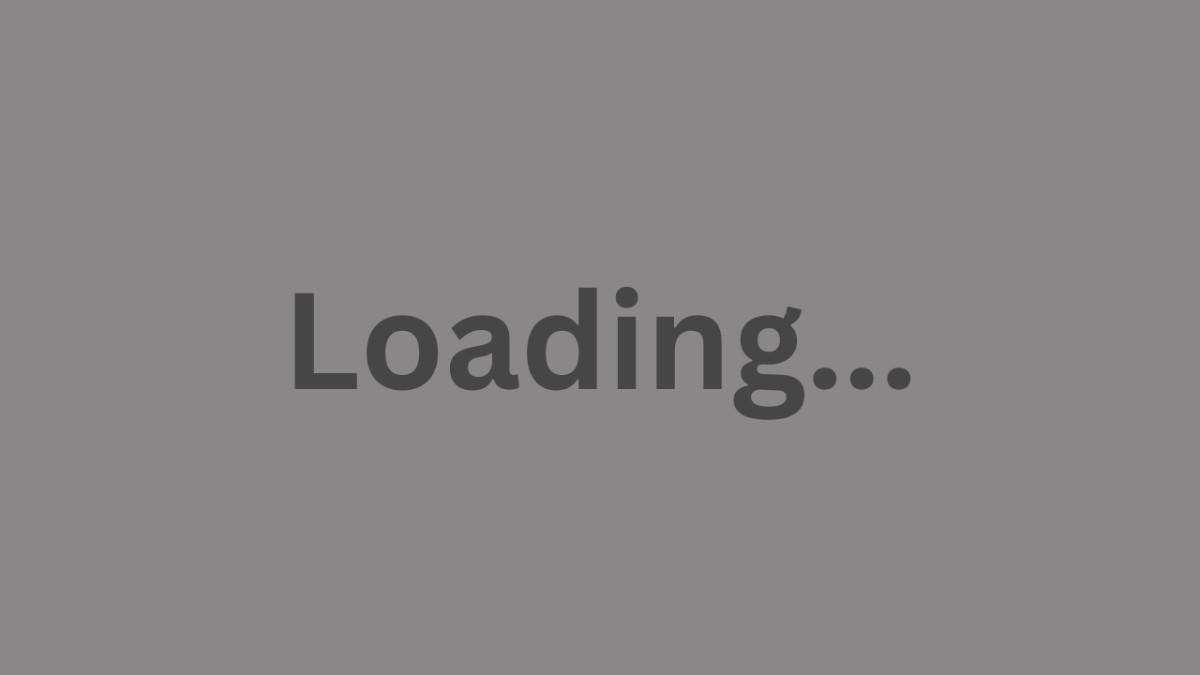Delhi's Air Quality Hits Dangerous Levels Ahead of Diwali
Delhi’s air quality worsens as AQI soars above 330. With Diwali approaching, residents face the threat of severe pollution levels.
Current Air Quality in Delhi
As of October 19, 2024, Delhi's average Air Quality Index (AQI) recorded a dangerously high level of 290, signaling a hazardous air quality situation for its residents. By 8 AM, the situation deteriorated further, with readings from Akshardham and Anand Vihar surpassing 330.
Impact of Weather on Air Quality
The Central Pollution Control Board (CPCB) noted that the AQI hit 292 by 4 PM on the same day, as the city experienced colder winds typical of the transitioning seasons. The India Meteorological Department (IMD) reported a maximum temperature of 36.2°C, which is 4°C above the seasonal average, coupled with humidity levels fluctuating between 51% and 91% throughout the day.
Future Projections for Air Quality
Looking ahead, the IMD anticipates clear skies for the day, projecting temperatures to reach around 35°C and dipping to a minimum of 19°C. However, air quality predictions have recently proven inaccurate, as noted in reports highlighting discrepancies between expected and actual AQI levels.
For instance, a forecast from October 13 indicated moderate air quality, yet the AQI recorded was categorized as poor, illustrating the unpredictability of pollution levels influenced by various environmental factors.
Historical Context of Air Quality in Delhi
Delhi's air quality often experiences dramatic fluctuations, especially during the winter months when pollution typically peaks. Notably, November 2, 2023, was marked as the worst air pollution day of the year, with the AQI soaring past 400. Such levels classify the air quality as 'severe,' indicating a public health crisis for the city's inhabitants.
Government Responses and Initiatives
To combat this alarming trend, the Indian government is employing advanced techniques and equipment to predict weather patterns more accurately. On Friday, authorities utilized anti-smog guns and conducted water spraying to mitigate pollution levels. Despite these efforts, the consistency of their effectiveness remains in question, as seasonal agricultural practices in neighboring states continue to contribute significantly to the problem.
Public Health Advisory
The air quality scale ranges from 0 to 500, where levels between 0-50 are considered 'good,' 51-100 as 'satisfactory,' 101-200 as 'moderate,' 201-300 as 'poor,' 301-400 as 'very poor,' and anything above 401 is categorized as 'severe.'
With Diwali fast approaching, the city must brace for potential exacerbations in pollution due to fireworks and increased vehicular emissions. Authorities urge residents, particularly vulnerable populations, to remain vigilant and limit outdoor activities during peak pollution hours.
Understanding AQI Levels
For clarity, the AQI classifications are as follows:
- 0-50: Good
- 51-100: Satisfactory
- 101-200: Moderate
- 201-300: Poor
- 301-400: Very Poor
- 401-500: Severe
Conclusion
As Delhi grapples with severe air pollution levels, the need for effective and sustainable solutions has never been more critical. Continued monitoring and proactive measures are essential to safeguard public health and ensure a cleaner environment for all citizens.
Related Articles
- Maharashtra Elections: Will Congress Understand the Political Landscape?
- Weather Update: Anticipated Rainfall in South India.
TOPICS MENTIONED IN THIS ARTICLE
Thank you for visiting! Enjoy exploring our diverse collection of blogs, crafted with passion and insight to inspire and inform. Happy reading!
